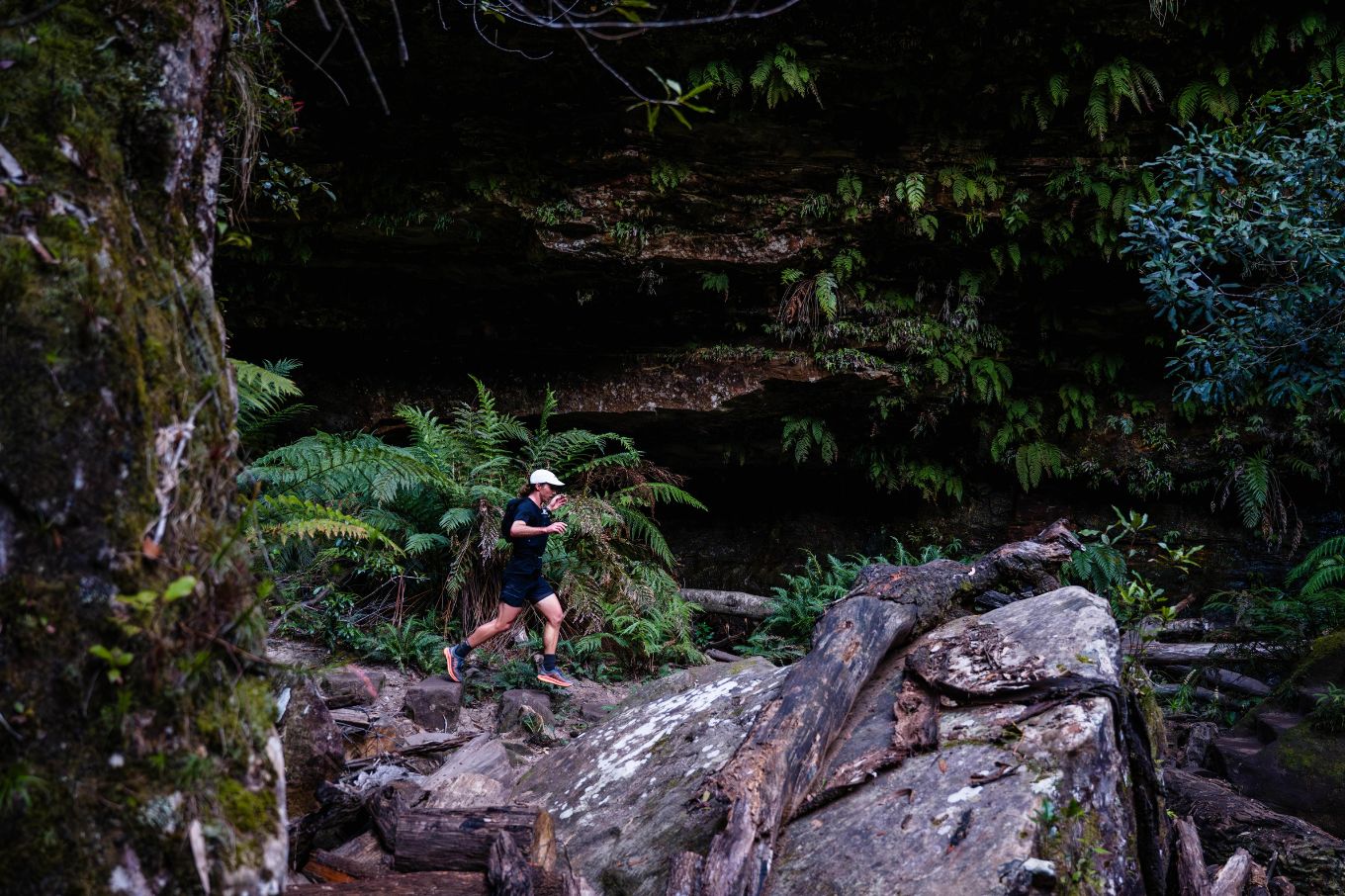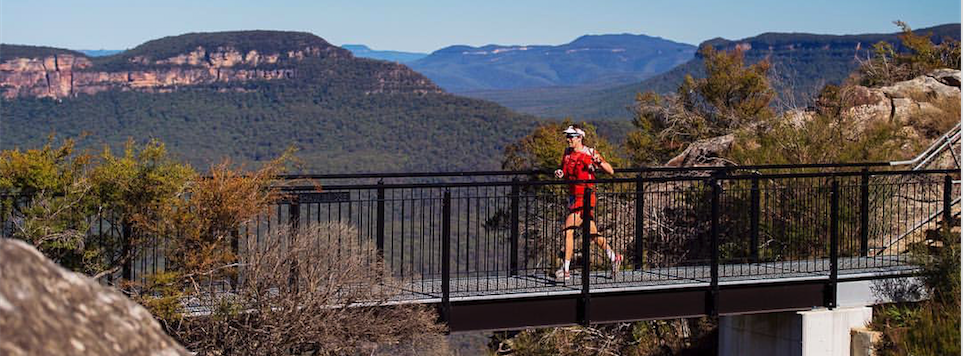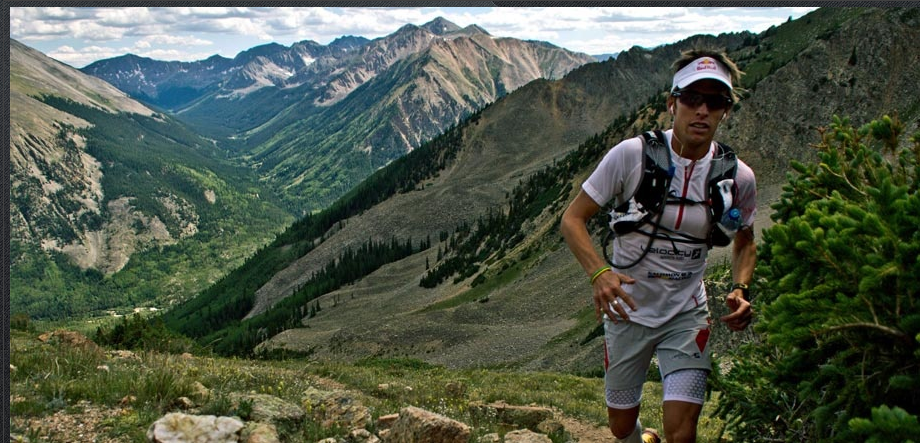Blue Mountains
Latest Article
Checking out the Hounslow Classic trail running event
Nestled in the Grose Valley, 2 hours west of Sydney, deep in the world renowned Blue Mountains National Park are the courses for the mountain running icon of the Hounslow Classic.



